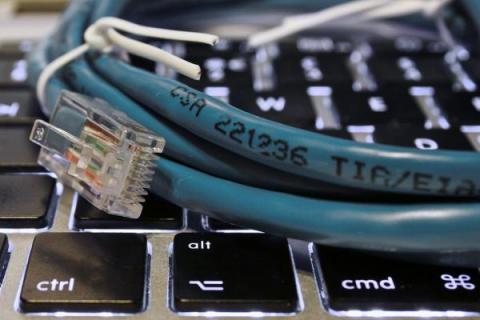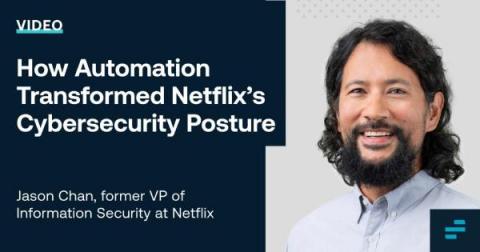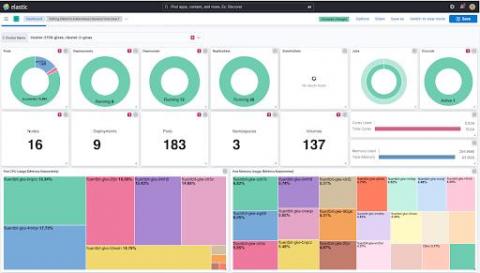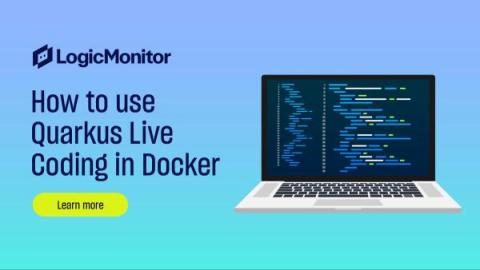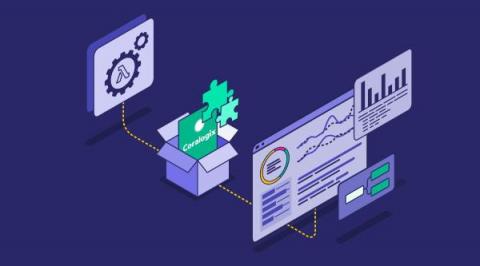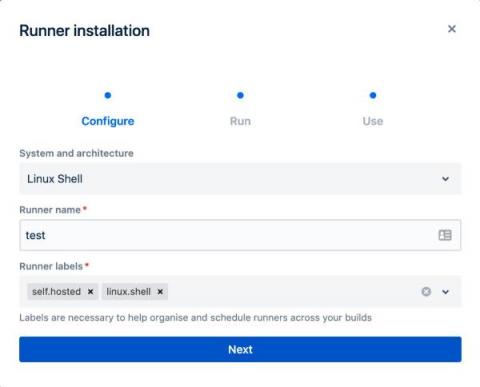Operations | Monitoring | ITSM | DevOps | Cloud
Latest Posts
Jason Chan on How Automation Transformed Netflix's Cybersecurity Posture
Jason Chan, a key member of the Torq Advisory Board, has spent more than 20 years working in pivotal cybersecurity roles. One of his most important positions was leading the information security organization at the video streaming behemoth Netflix for more than a decade. His Netflix team set the bar extraordinarily high, focusing on sophisticated risk assessment and management, and compliance management strategies and approaches.
The basics of observing Kubernetes: A bird-watcher's perspective
An avid bird-watcher once told me that for bird-watching beginners, it’s more important to focus on learning about the birds and identifying their unique songs rather than trying to find the perfect pair of binoculars.
How retailers are uncovering insights and driving more conversions this holiday season
This year, global ecommerce transactions are expected to grow by over 12% during the 2022 holiday season. As the industry continues to rely more on ecommerce, retailers are looking at new ways to improve customer experience and provide a safe and secure shopping journey. In an increasingly competitive space, many retailers are leveraging their data assets to accomplish more, spark innovation, create more personalized experiences, and drive higher conversion rates.
Mobile Cloud Computing: Overview, Challenges and Scope
The process of delivering mobile apps utilizing cloud technology is known as mobile cloud computing (MCC). Complex mobile apps today carry out activities including authentication, location-aware features and providing users with customized communication and content. As long as your device is online, mobile cloud computing enables you to store and access data anywhere. This makes it possible for data to be sent without difficulty anytime required.
How to Use Quarkus Live Coding in Docker
AppDynamics and SAP: Optimizing key applications for citizen services
AppDynamics enables government orgs to optimize SAP investments and gain mission level visibility for critical KPIs while better serving citizens, operating more efficiently and controlling costs.
AWS Lambda Telemetry API: Enhanced Observability with Coralogix AWS Lambda Telemetry Exporter
AWS recently introduced a new Lambda Telemetry API giving users the ability to collect logs, metrics, and traces for analysis in AWS services like Cloudwatch or a third-party observability platform like Coralogix. It allows for a simplified and holistic collection of observability data by providing Lambda extensions access to additional events and information related to the Lambda platform.
Announcing Linux Shell Runners in Bitbucket Pipelines
Configuring Fargate custom application metrics in CloudWatch using Prometheus
Over the past few months, Helios has experienced rapid growth resulting in our user base increasing, our services multiplying, and our system ingesting more data. Like all tech companies that need to scale, we wanted to avoid our performance becoming sluggish over time.


